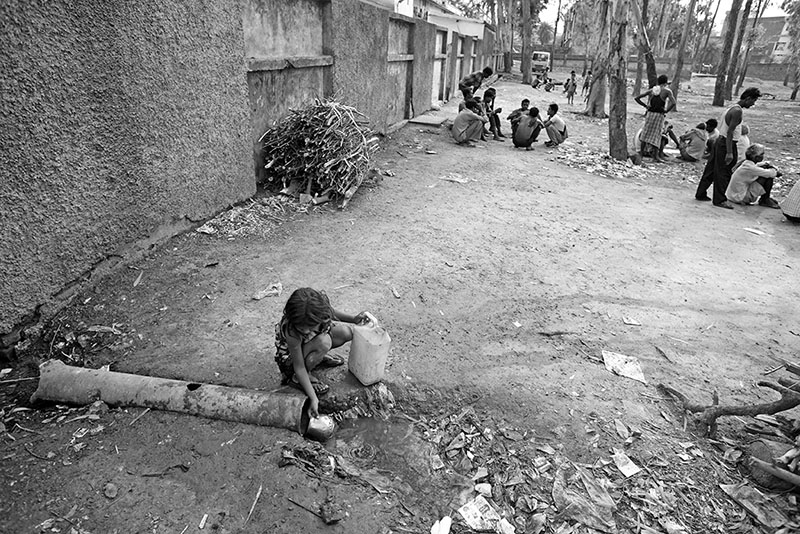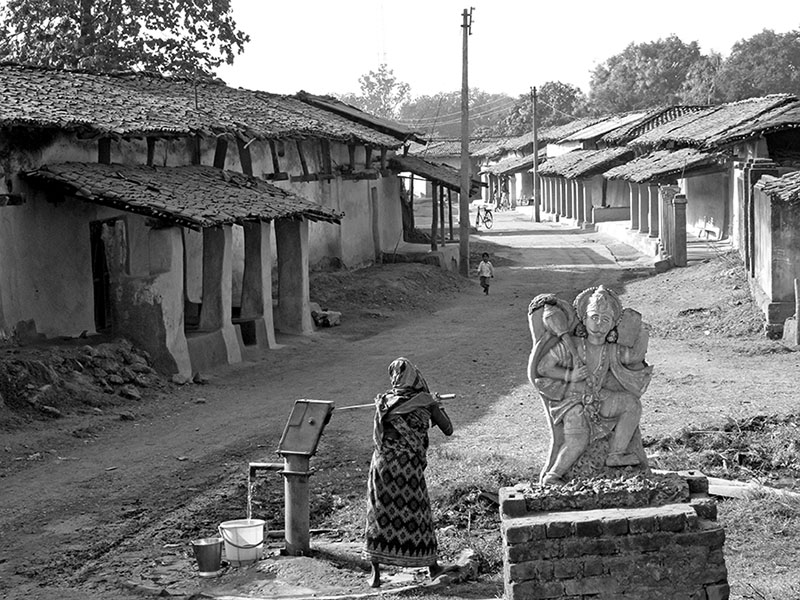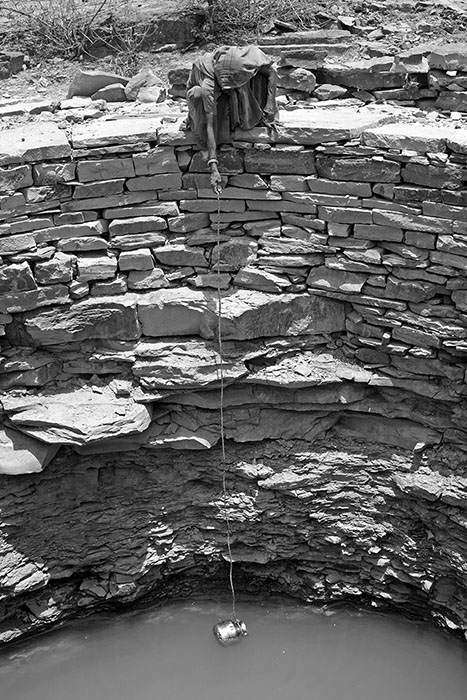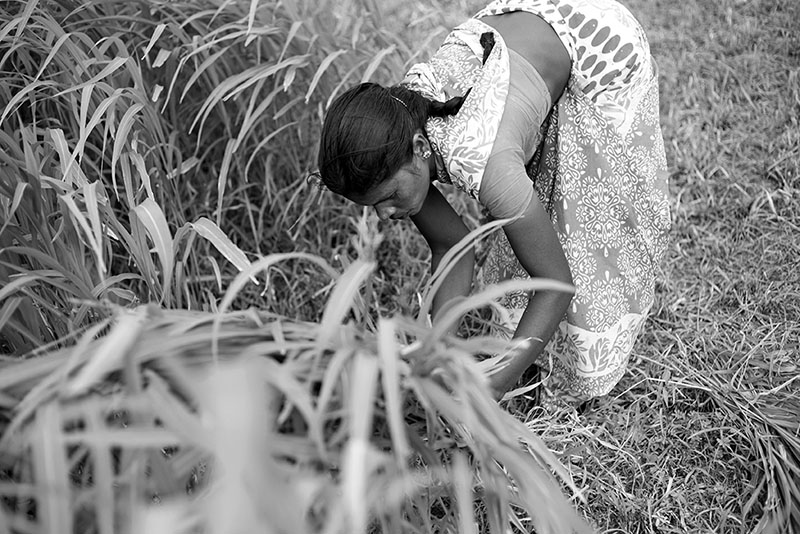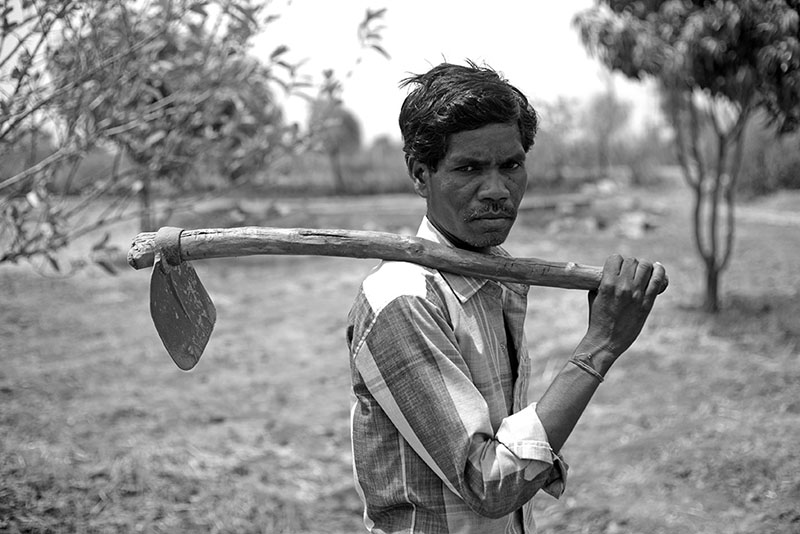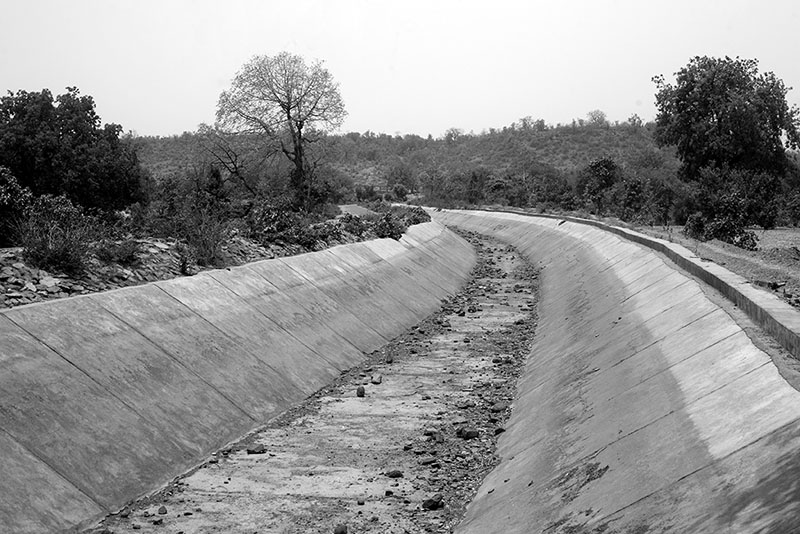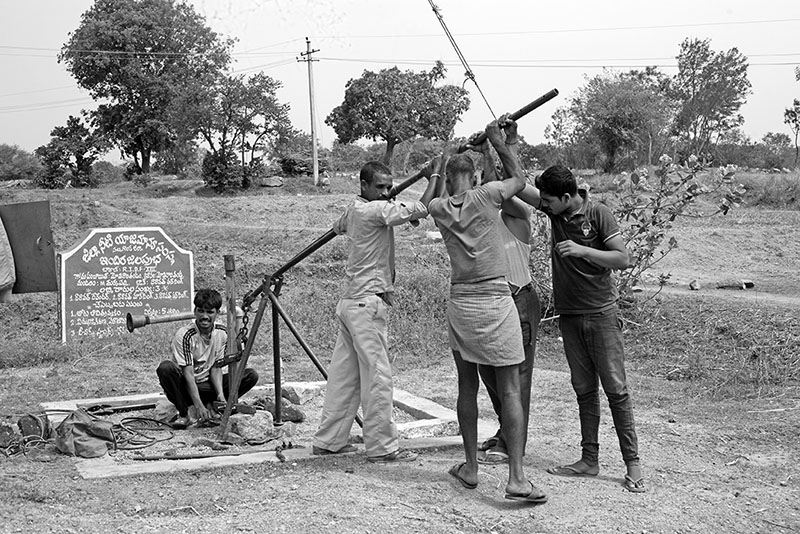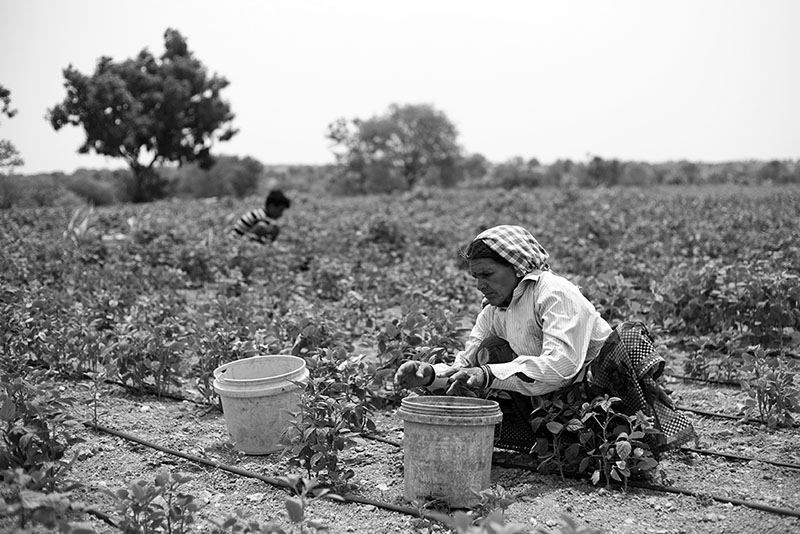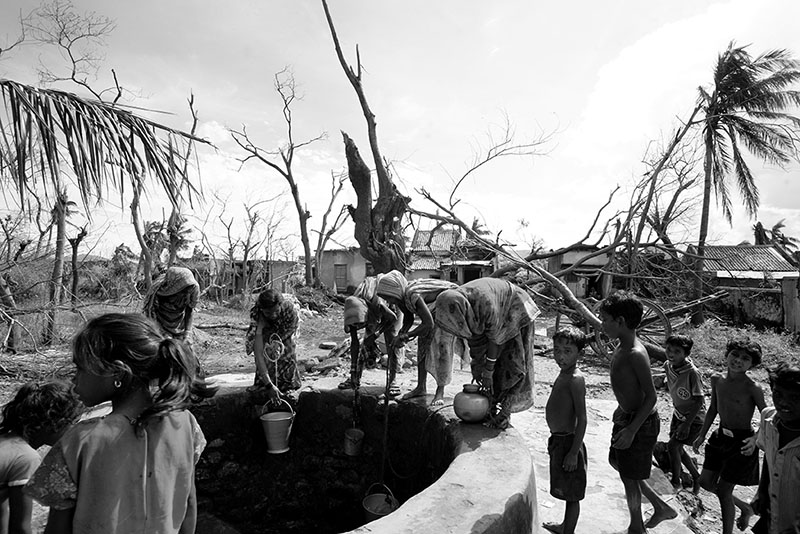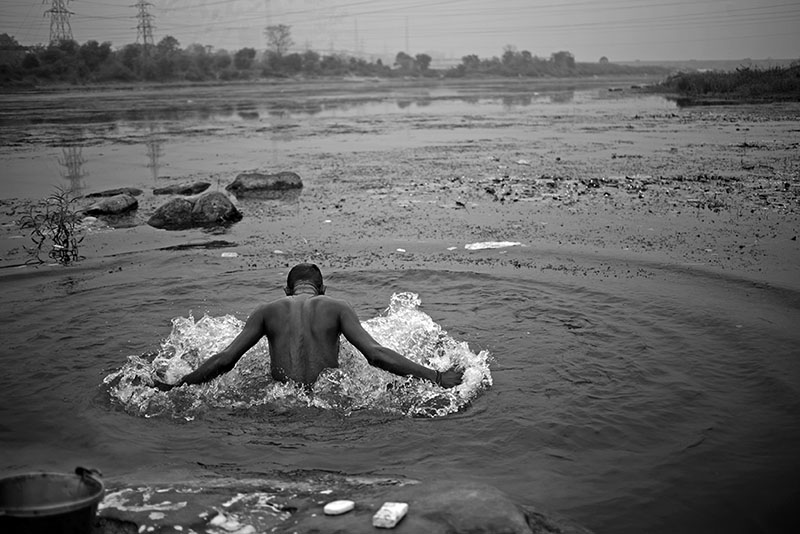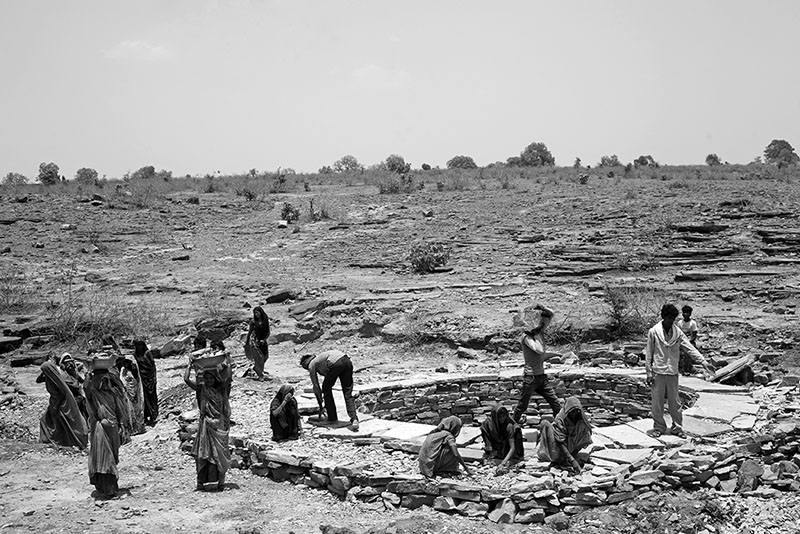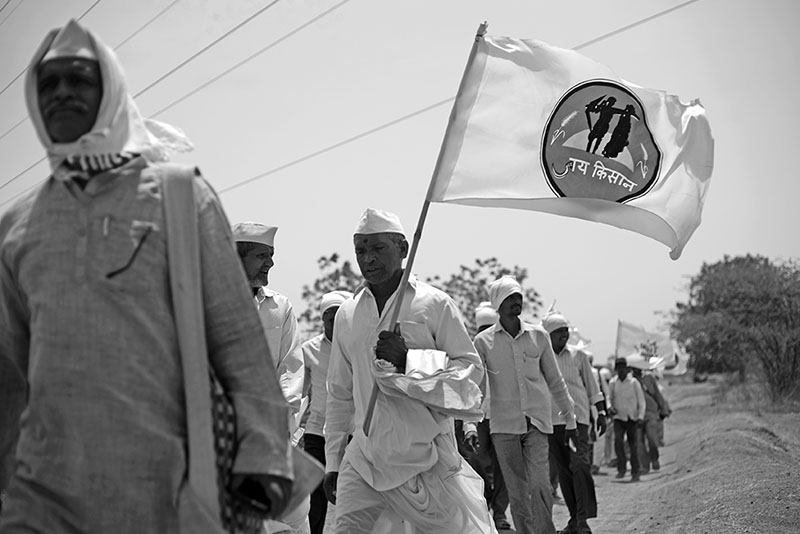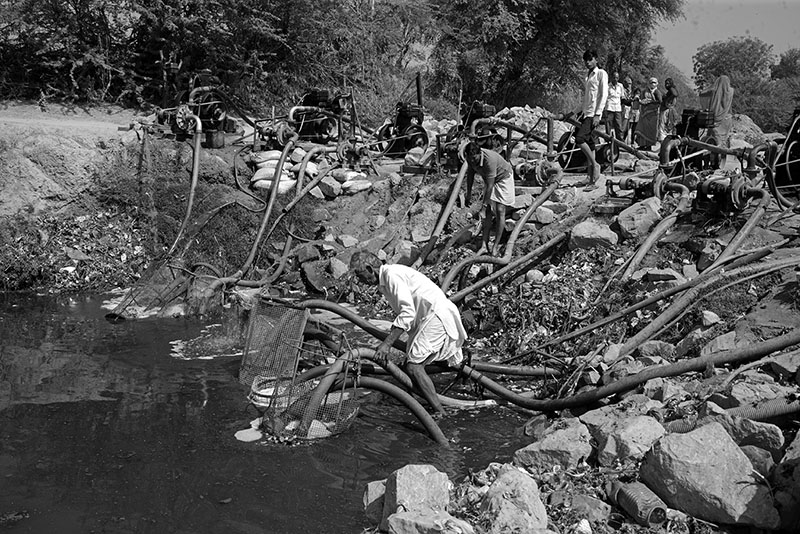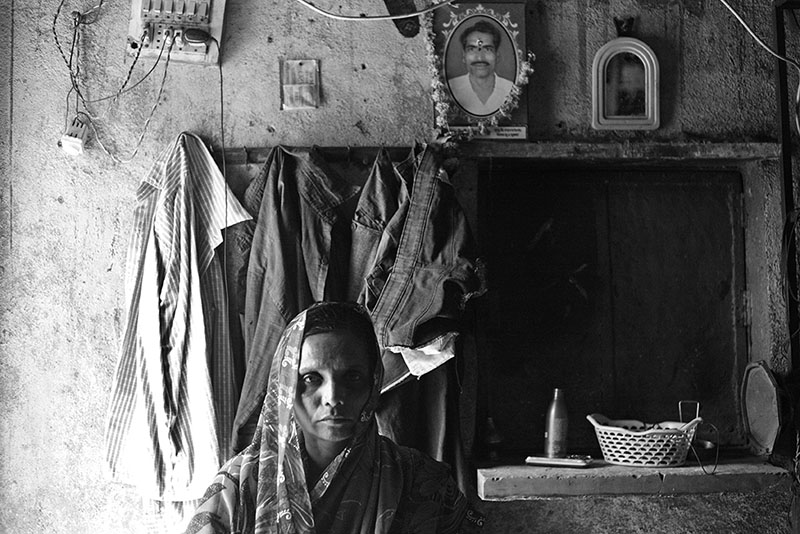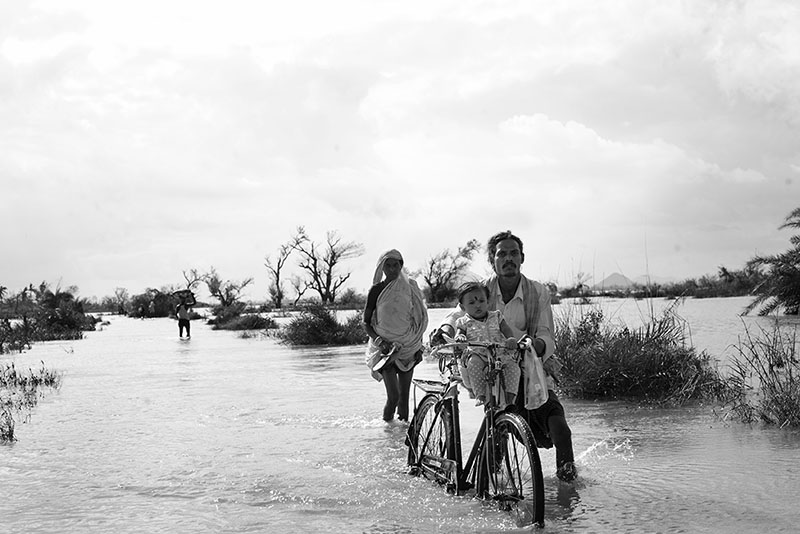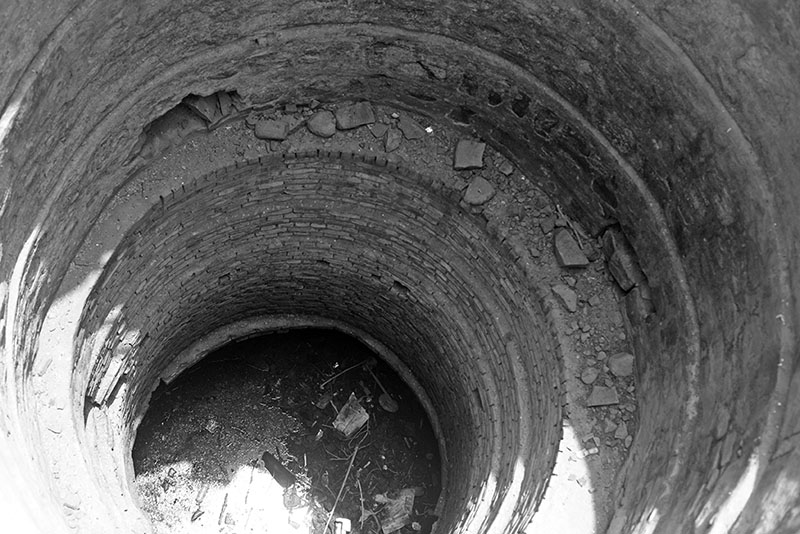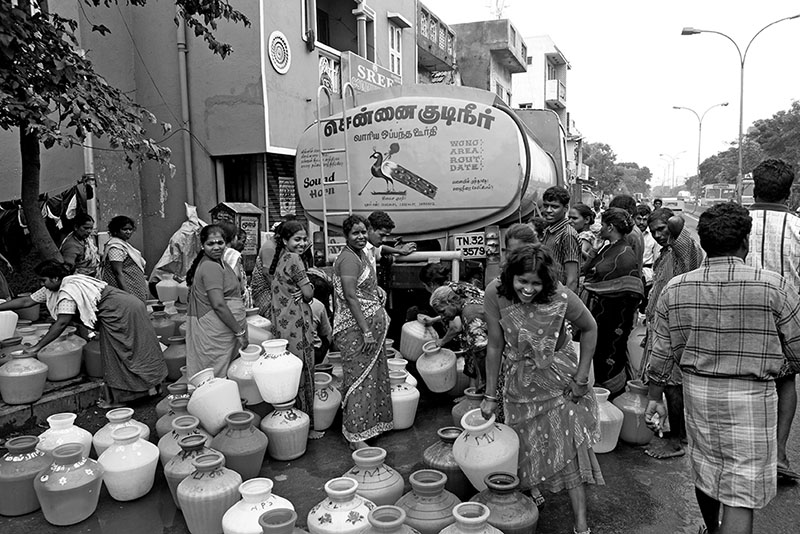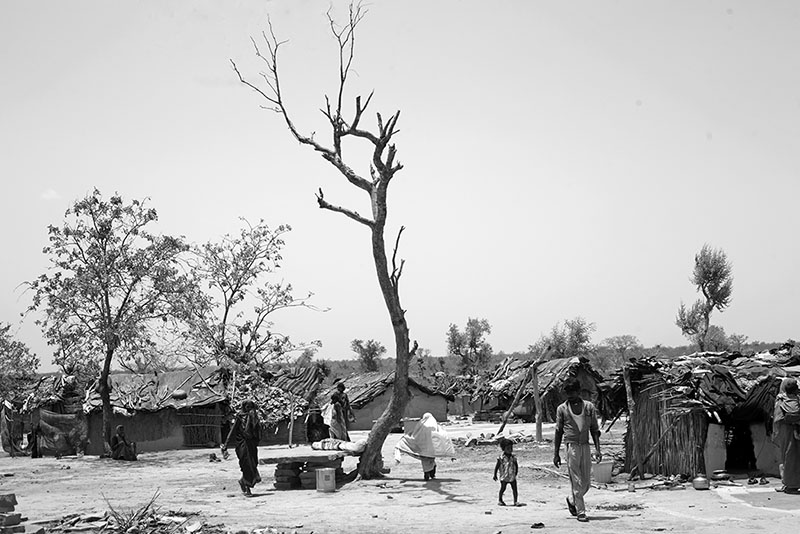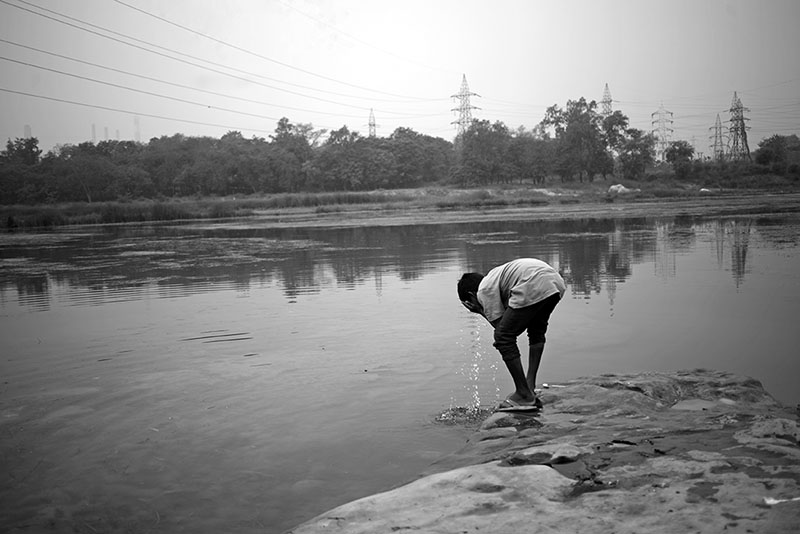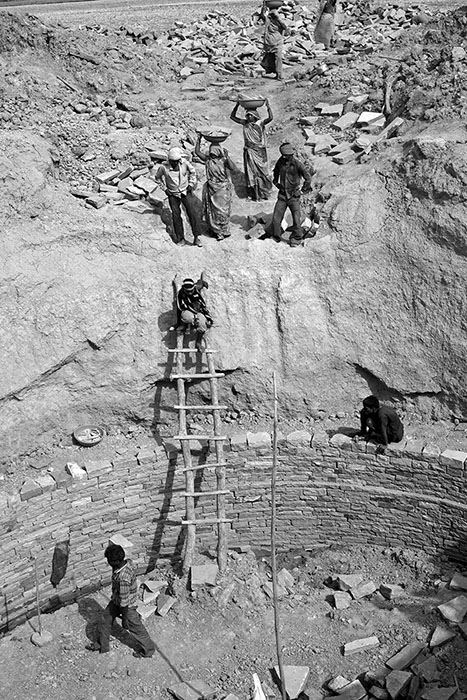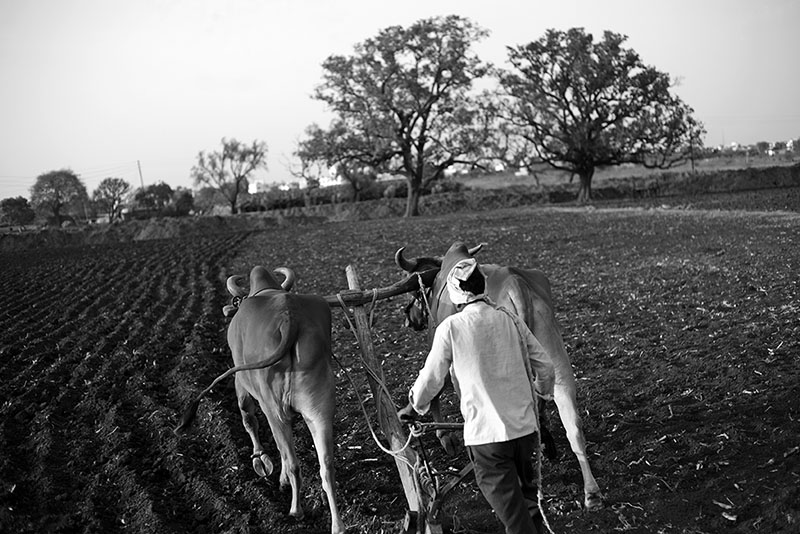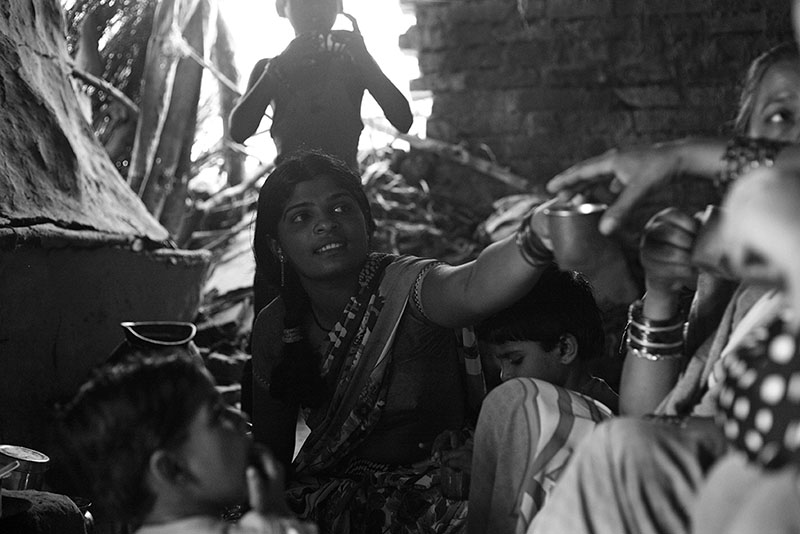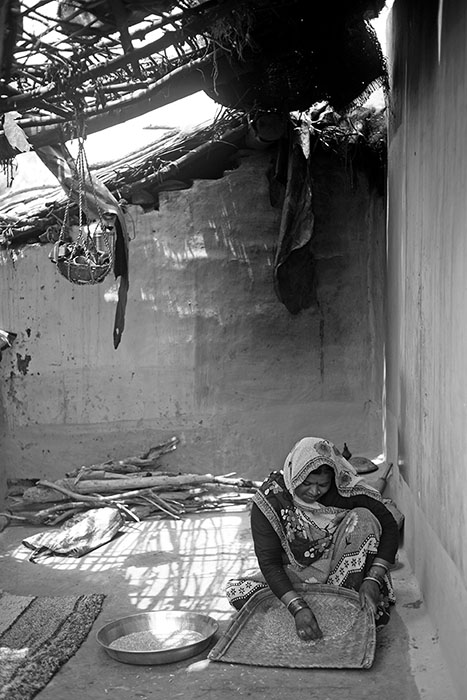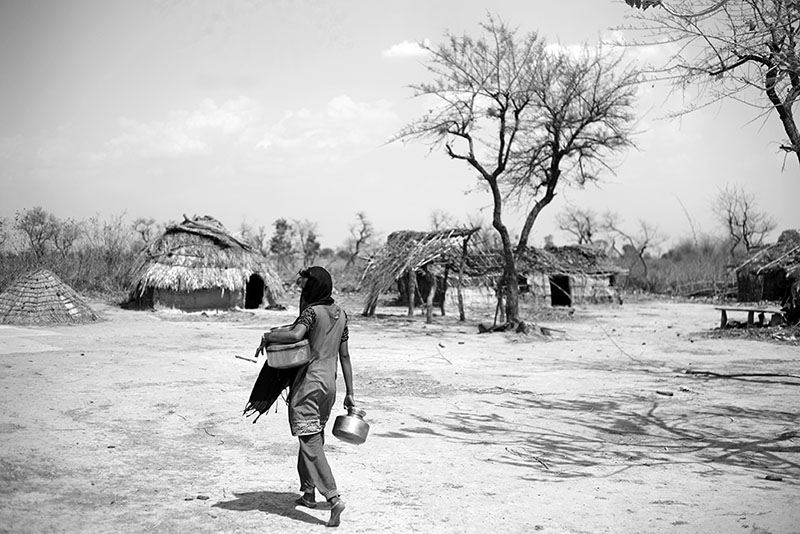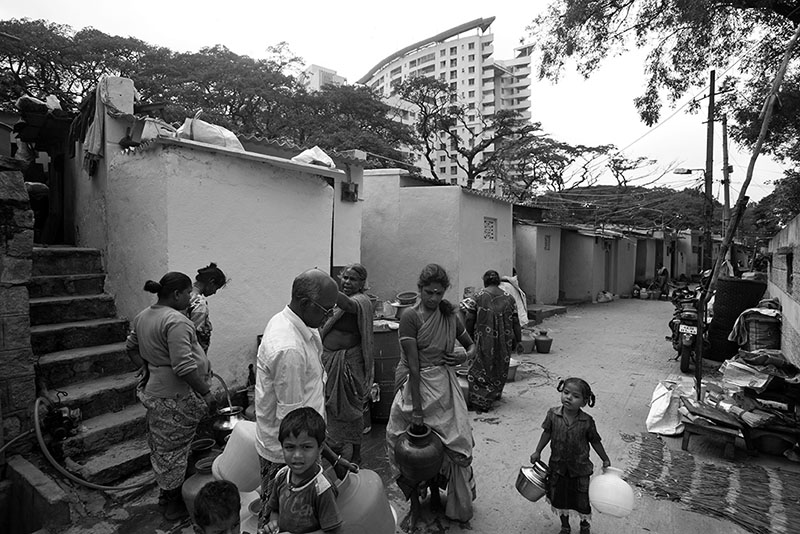Pani (Water)
India is facing its worst-ever water crisis, with some 600 million people facing acute water shortage, according to government of India.
Approximately 200,000 people die every year due to inadequate access to clean water and it’s “only going to get worse” as 21 cities are likely to run out of groundwater by 2020.
In the longer term, the undersupply will become even more acute in the South Asian nation, as demand increases with the 1.4 billion populations growing at a rate of around 1 per cent.
The Niti Aayog report, which draws on data from 24 of India’s 29 states, says the crisis is “only going to get worse” in the years ahead. It also warns that 21 cities are likely to run out of groundwater by 2020 despite increasing demand.
This would also threaten food security as 80% of water is used in agriculture. Rural areas are badly affected by a lack of access to clean water. They cannot rely on groundwater due to erratic rains and the fact that the groundwater is increasingly used for farming when monsoon rains are delayed or insufficient.
Indian cities and towns regularly run out water in the summer because they lack the infrastructure to deliver piped water to every home. Many end up relying on private water suppliers or tankers paid for the by the government. As cities and towns grow, the pressure on urban water resources is expected to increase – the report estimates that demand will be twice as much as available supply by 2030.

